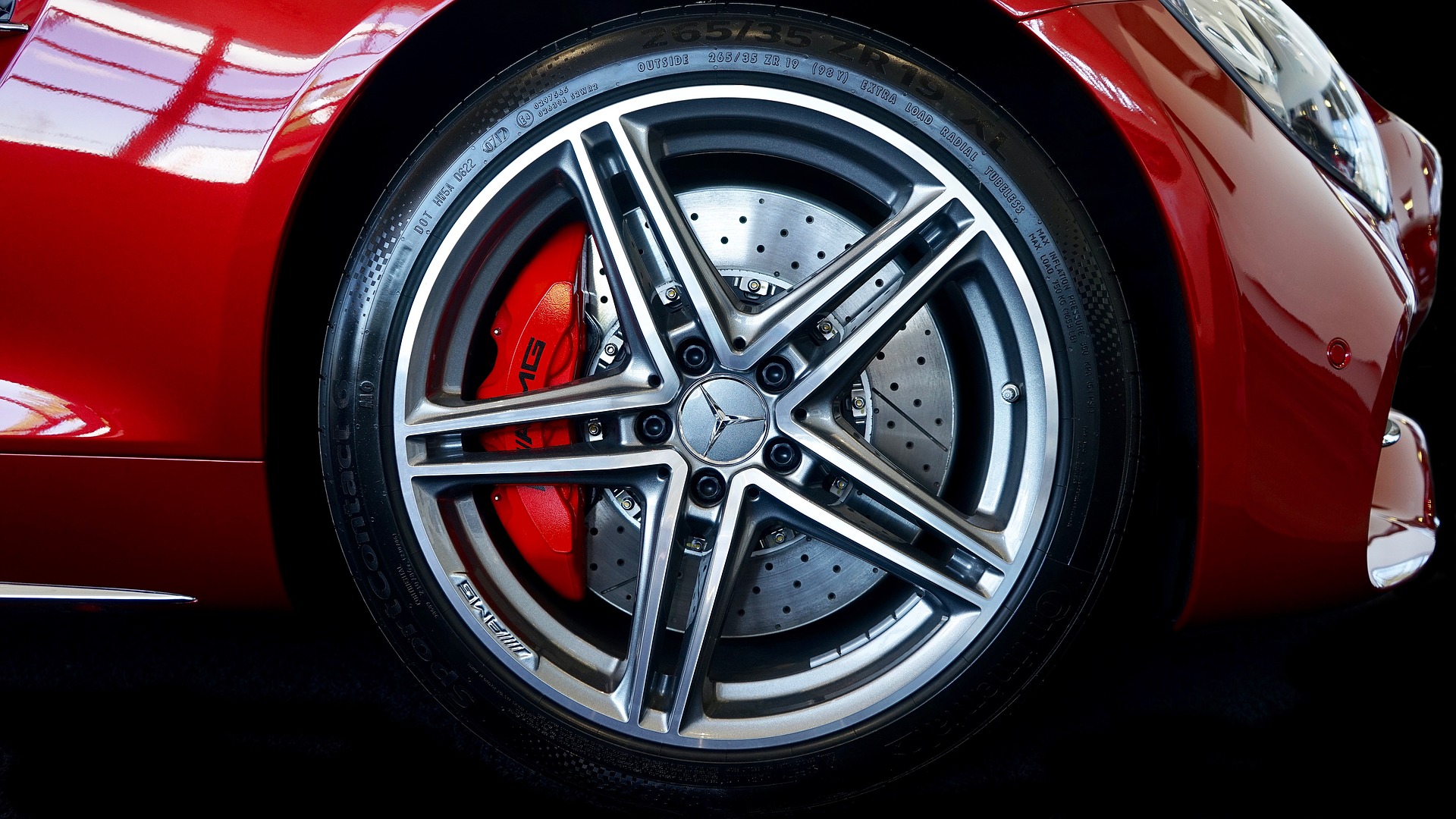Advanced High-Strength Steels (AHSS), also called Automotive Steel, are sophisticated carbon-iron engineering alloys with carefully selected chemical compositions, produced from precisely controlled heating and cooling processes.

Several automotive manufacturers demand the best strength, ductility, toughness, and fatigue properties for their unique vehicle. Achieving these properties requires various strengthening mechanisms not employed by general steelmakers or automakers.
Unlike general steels, AHHS are light weight and engineered to meet the stringent safety regulations, emissions reduction and solid performance that modern automakers require, at affordable rates.
As a thumb rule, steels with yield strengths in excess of 550 MPa are generally referred to as AHSS. These steels are also sometimes called ultra high-strength steels as their tensile strengths often exceed 780 MPa.
Other forms of AHSS with tensile strength of at least 1,000 MPa are often dubbed “Giga Pascal steel”.
Types of AHHS
The forms of AHSS include, Dual Phase (DP), Complex-Phase (CP), Ferritic-Bainitic (FB), Martensitic (MS or MART), Transformation-Induced Plasticity (TRIP), Hot-Formed (HF), and Twinning-Induced Plasticity (TWIP).
These 1st and 2nd Generation AHSS grades are precisely engineered to meet the functional performance demands of only certain automotive parts.
As an example, DP and TRIP steels are used for building crash zones parts of an automobile because they have high energy absorption rates.
Structural elements of the passenger compartment use extremely high-strength martensitic or boron-based Press Hardened Steels (PHS) to improve safety performance.
Need-Based Classifications
Based on Metallurgical Process
Common classifications based on metallurgical processes include low-strength steels (interstitial-free and mild steels), conventional HSS (carbon-manganese, low-alloy steels); and the new AHSS (dual phase, martensitic steels).
Other high strength steels based on the same classification include hot-formed, post-forming, and heat-treated steels.
Based on Mechanical Properties
A second classification is based on mechanical properties or forming parameters of different steels, such as total elongation, work hardening exponent or hole-expansion ratio. However, explaining these is beyond the scope of this article.
How are HSS & AHSS Different
- The chief difference between HSS and AHSS is their microstructure.
- Conventional HSS are called “single-phase ferritic steels” with possible Pearlite composition in Carbon-Manganese steels. AHSS, on the other hand, are steels with microstructures containing a phase other than ferrite, pearlite, or cementite, such as martensite, bainite or austenite in quantities sufficient to produce unique mechanical properties.
- Some types of AHSS have a higher strain hardening capacity resulting in a strength-ductility balance superior to conventional steels while other types have ultra-high yield and tensile strengths and display bake-hardening behavior.
Conclusion
The unique and remarkable properties of AHSS arise from its metallurgy and processing.
AHSS grades are certainly more novel compared to conventional steel grades. Its advantages aren’t limited to light weight, high strength or diverse sub groups.
All AHSS are produced by controlling the chemistry and cooling rate from the austenite or austenite plus ferrite phase, either on the run out table of the hot mill or in the cooling section of the continuous annealing furnace.
Research has provided chemical and processing combinations that have created many additional grades and improved properties within each type of AHSS.
These and many other grades and their utilities are leading to large automakers adopting them gradually.
